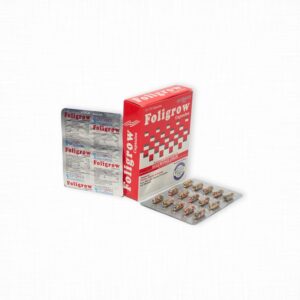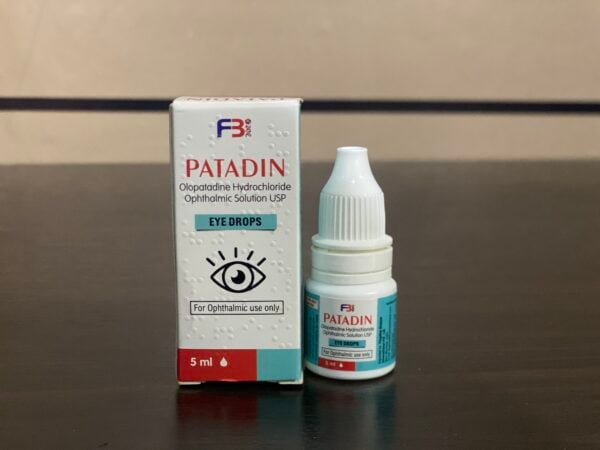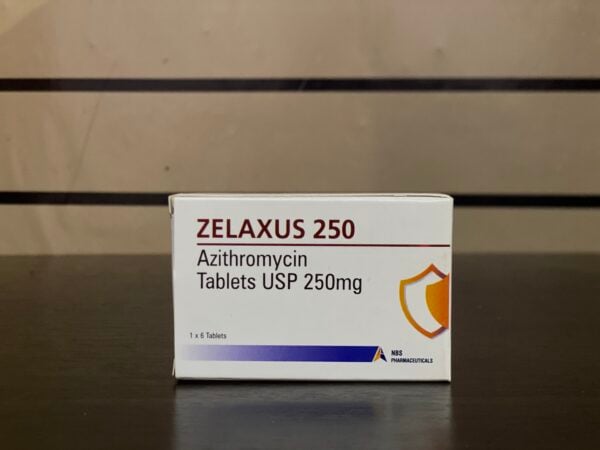Description:
A nasal oxygen cannula is a medical device used to deliver low‑flow supplemental oxygen to adult patients. It consists of a flexible tube that splits into two prongs which are placed in the nostrils. The other end connects to an oxygen source (concentrator, cylinder, wall supply). It allows the patient to breathe normally, eat, speak, etc., while receiving oxygen.
Prescription:
- Yes — use is under medical order or supervision. Flow rate and necessity of oxygen therapy should be prescribed by a healthcare professional.
Therapeutic Category:
- Medical device; Respiratory support / Oxygen therapy. Used for hypoxemia, respiratory distress, chronic lung disease (e.g. COPD), during or after surgery, etc.
Active Ingredients / Composition:
-
Composition refers to materials: typically medical‑grade PVC or similar soft, non‑toxic plastics. Soft prongs, tubing, connectors. Some tubing has “star lumen” or cross‑section design to resist kinks.
Variant(s):
Key variant attributes include:
-
Sizes: Adult, pediatric, neonatal.
-
Tubing length: typical lengths 1.5‑2.5 meters; some with 7 ft (~2.1 m) tubes.
-
Tip/prong design: soft curved prongs, flared, straight, etc. Some models are over‑ear style to reduce irritation.
-
Material variants: DEHP‑free in some; latex‑free; non‑sterile or sterilised depending on product.
Consume Type (Route of Use):
- External/inhalation device: oxygen inhaled through nose via prongs. The patient breathes via the nose (or sometimes with mouth) while wearing it.
Directions / Usage:
-
Connect prongs into nostrils; secure tubing around ears or via head‑strap as designed.
-
Connect other end to oxygen source. Flow settings depend on medical prescription. Low flows often 1‑6 liters per minute for standard adult cannula
-
Ensure tubing is not kinked; adjust for comfort.
-
Replace tubing or cannula periodically per manufacturer’s or hospital’s infection control policy.
Common Side Effects / Risks:
-
Nasal dryness, irritation or soreness of nostrils.
-
Skin irritation around ears where tubing loops.
-
Risk of nasal bleeding if flow is too dry or high.
-
Discomfort, possible risk of infection if device is reused and not cleaned properly.
Package Type:
Storage Advice:
-
Store in a clean, cool, dry place. Protect from dust, sunlight, extremes of temperature.
-
Keep packaging sealed until use to maintain cleanliness.
Safety Advice:
-
Ensure Canada is correct size (adult vs child) for fit and comfortable prong insertion.
-
Do not use if nasal passages blocked.
-
Use humidification if dryness or mucosal irritation.
-
Be careful with oxygen near flame: oxygen supports combustion. No smoking near device.
-
Monitor for signs of irritation or skin breakdown.
Product Substitutes:
-
Simple face masks, Venturi masks, non‑rebreather masks, depending on needed O₂ concentration.
-
For higher flows or needing precise FiO₂, high‑flow nasal cannulas may be used.
 Entralyn Cough Syr
×
₵20.001 × ₵20.00
Entralyn Cough Syr
×
₵20.001 × ₵20.00 Fricks Lozenges
×
₵0.801 × ₵0.80
Fricks Lozenges
×
₵0.801 × ₵0.80 Foligrow Capsules 30"s
×
₵42.001 × ₵42.00
Foligrow Capsules 30"s
×
₵42.001 × ₵42.00 Cetrizine 10mg Uk 15's Bristol Tablet
×
₵6.501 × ₵6.50
Cetrizine 10mg Uk 15's Bristol Tablet
×
₵6.501 × ₵6.50 P Artem 20/120mg 24"s
×
₵15.001 × ₵15.00
P Artem 20/120mg 24"s
×
₵15.001 × ₵15.00









Reviews
There are no reviews yet.